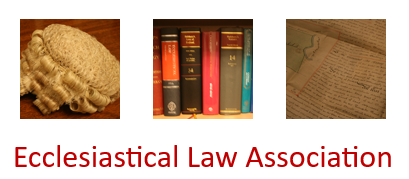The petitioners wished to introduce two pods with curved wooden screens connected by a curved step to form a continuous arc across the west end of the church which would accommodate toilet and kitchen facilities. The statutory consultees did not consider it appropriate for the proposed new structures to be curved. The Victorian Society became a party opponent. The Chancellor decided to grant a faculty, for two reasons: (1) he was of the opinion that 'a curved design would be less visually intrusive, and would cause less harm to the significance of this church building, than a rectilinear design'; and (2) whilst both sides could not agree on a matter of aesthetics, and particularly where the Diocesan Advisory Committee has not objected to the proposals, 'I consider that considerable, if not decisive weight, should be accorded to the views of the PCC, as the democratically elected body entrusted with the task of making decisions for the parish.'

